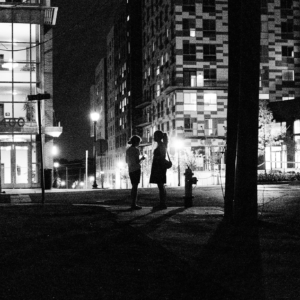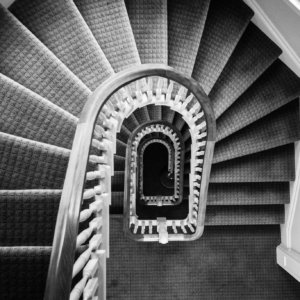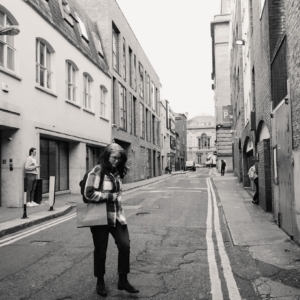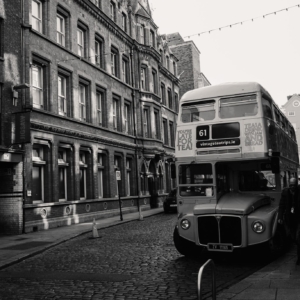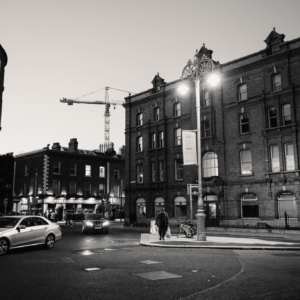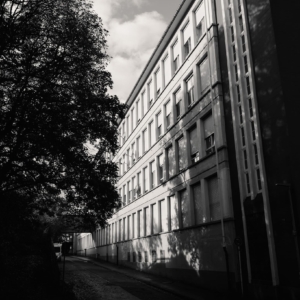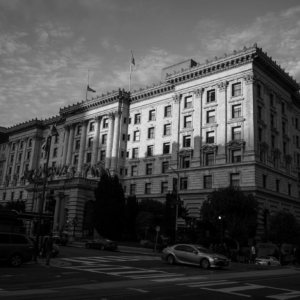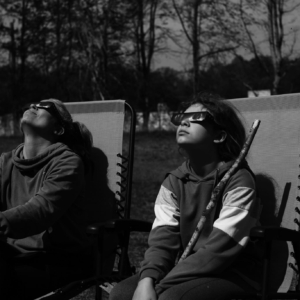These are ramblings of my journey from one compact 35mm M lens to another, my thoughts on a few impressionable compact 35mm lenses, and what I’m using today.
Over the past few years, I’ve evolved into a one-lens, one-camera type of person. Don’t get me wrong, I love to try all kinds of things. But when it comes down to brass tacks, I’ve really gravitated to one camera and one lens, or at least a variation on that theme. After bouncing back and forth between 50mm, 75mm, 28mm and 50mm, 28mm and 35mm, and 28mm and 90mm, I’ve finally settled on a 35mm and a full-frame camera. Yes, it’s mundane, the standard for most, but I enjoy using it the most. I feel like a fish out of water whenever I pick up a 28mm or 50mm lens, and longer lenses are used sparingly for unique situations. But, When it comes to my daily run around, walk around carrying everywhere camera (usually my Leica M Monochrom 246 or Fujifilm X-Pro2), I’m going to be keeping a 35mm equivalent lens on there, and I’m not going to fuss about with anything else!
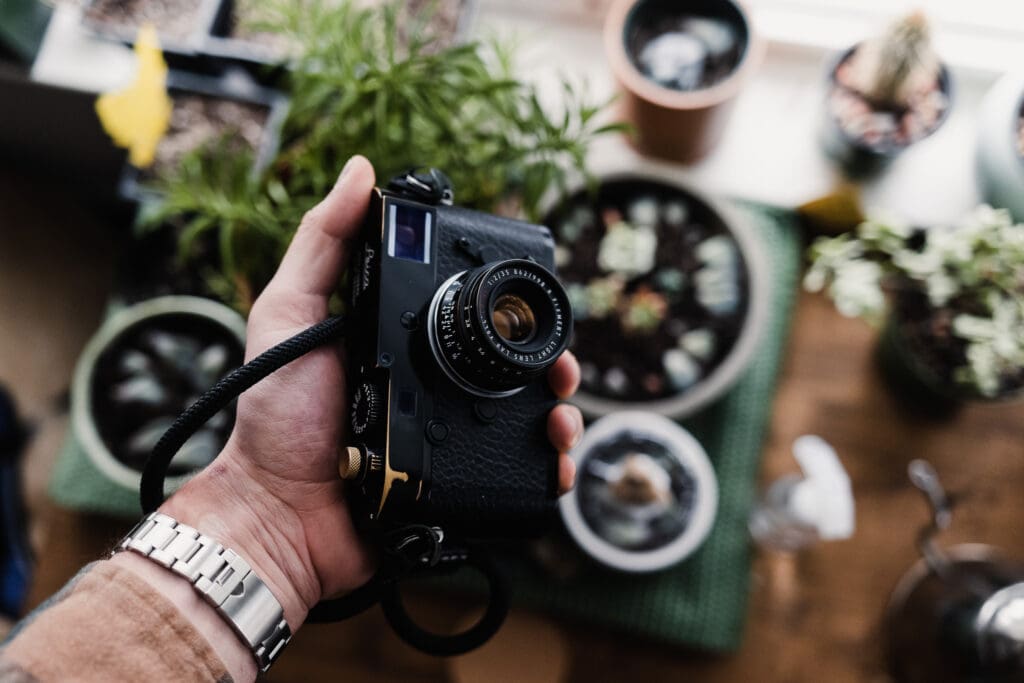
One 35mm lens that has truly impressed me is the 8-Element from Light Lens Lab. I initially bought it a couple of years ago because its black paint finish matched my well-used Black Paint M 246 “Your Mark” edition Monochrom. To my surprise, I’ve enjoyed using it more than I anticipated. It’s unusual for gear to remain in my camera bag for over a few months, so it’s noteworthy when something does reside in my kit for a long period of time. Among all the lenses and cameras I’ve tried, this one has really stood out. It’s worth mentioning that the 8-element design is not new. I used vintage Leica versions with the same design long before I got the Light Lens Lab 8-Element.
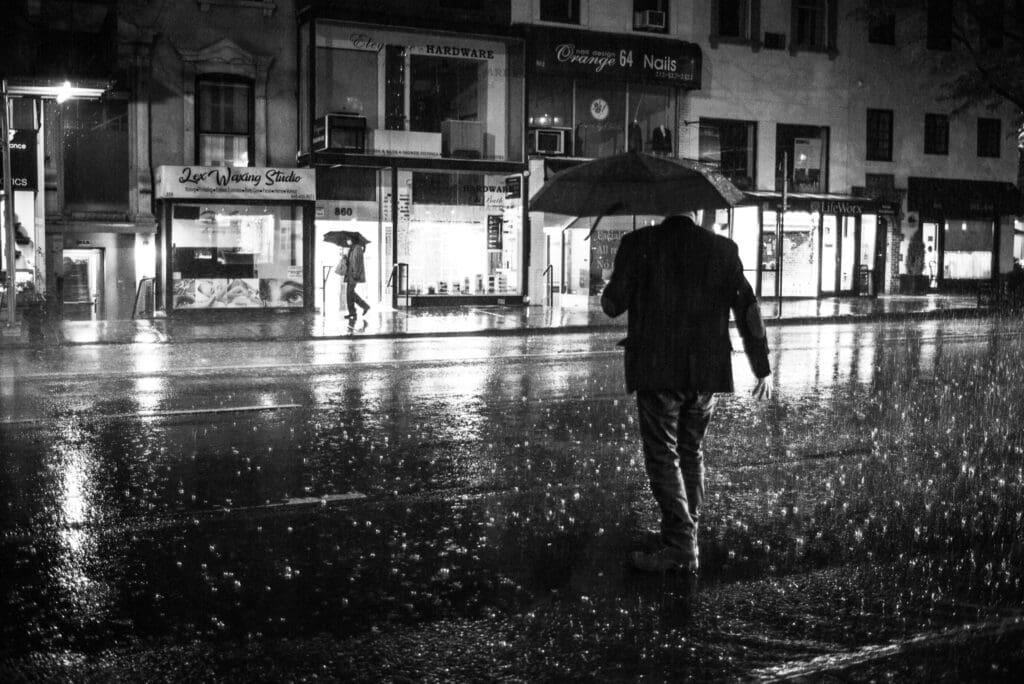
NYC 2022 with Leica M 246 “Your Mark” Monochrom & Light Lens Lab 35mm f2 8-Element
The Light Lens Lab 8-Element closely follows the original design, with one significant change that is likely to be popular. Since it is so similar to the original, let’s take a moment to discuss what makes the original 35mm Summicron 8-Element so unique and why it remains relevant today.
There’s something special about these pre- or non-ASPH era 35mm M lenses. They’re compact, quick, and notably, “optically imperfect.” For someone like me, their charm is irresistible. Despite their compact size, their fast aperture of f2 – f1.4 allows for use in a variety of scenarios, from zone focusing on the street at f8 to capturing dimly lit scenes in low light. However, it’s important to remember that when used wide open, each lens in this category is full of character, each with its own unique signature. (check out thumbprints and signatures here)
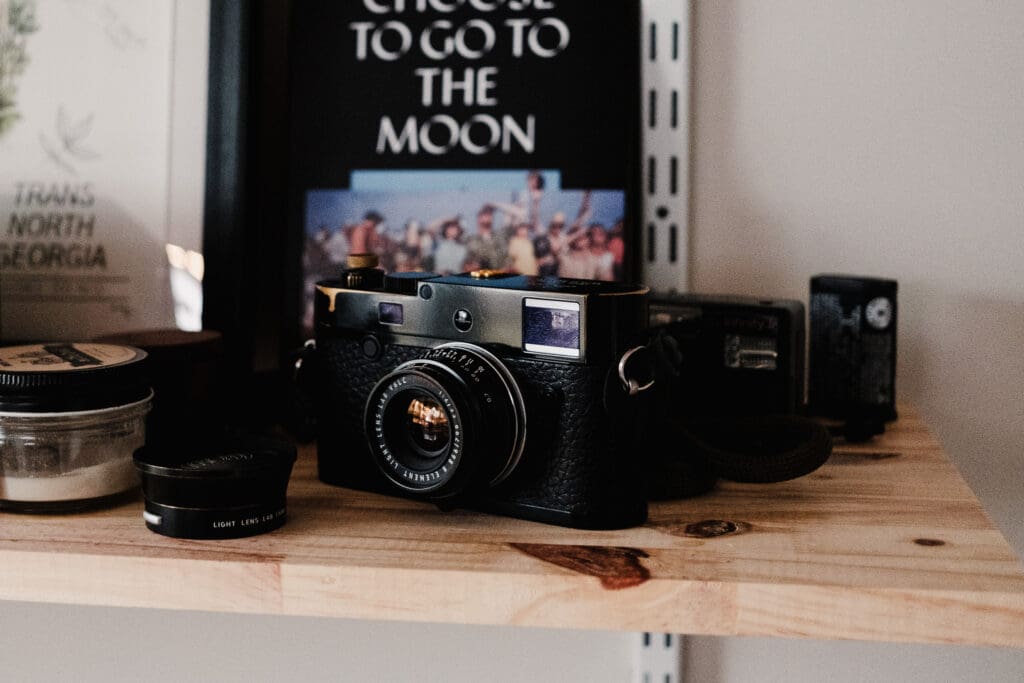
After trying, buying, and selling numerous “compact 35mm” versions, I’ve come to cherish three lenses. The first is the 35mm Summicron Version 4. For a short period of time, I had a mint, boxed model that I regret selling a few years ago. Known as the “King of Bokeh,” this lens is exceptional, with good condition examples becoming increasingly rare and no “reissue” insight. The unique feature of the one I owned was its silver, mint condition – a combination that’s hard to find these days. This lens is an excellent combination of wild characters, wide open and stopped down, it becomes rather clinical in rendering.
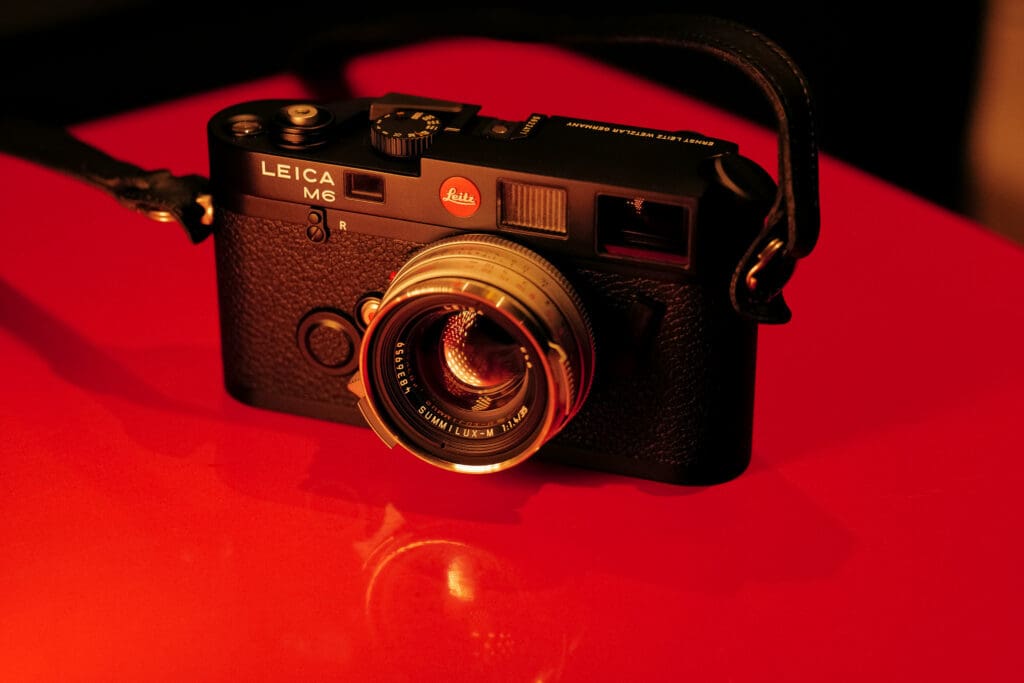
The new Leica M6 here seen with the 3mm f14. Summilux-M Steel Rim Reissue
The second lens is the original Summilux 35mm, the Leica 35mm Summilux Steel Rim. I’ve had the opportunity to use this lens on several occasions, both copies of the original vintage and the new reissue. Both are simply fantastic.
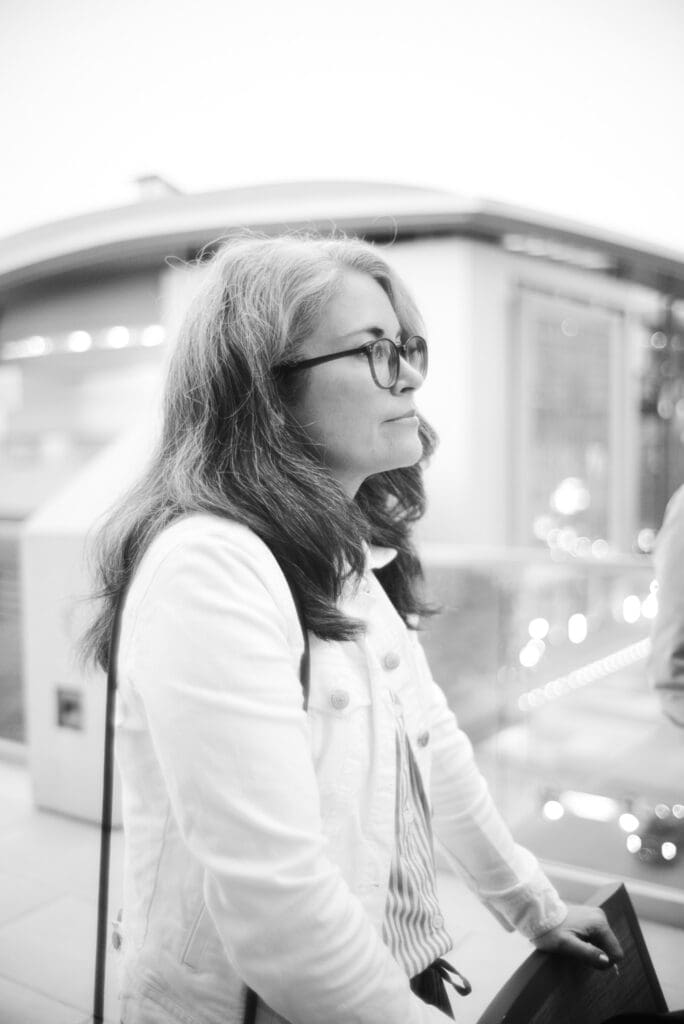
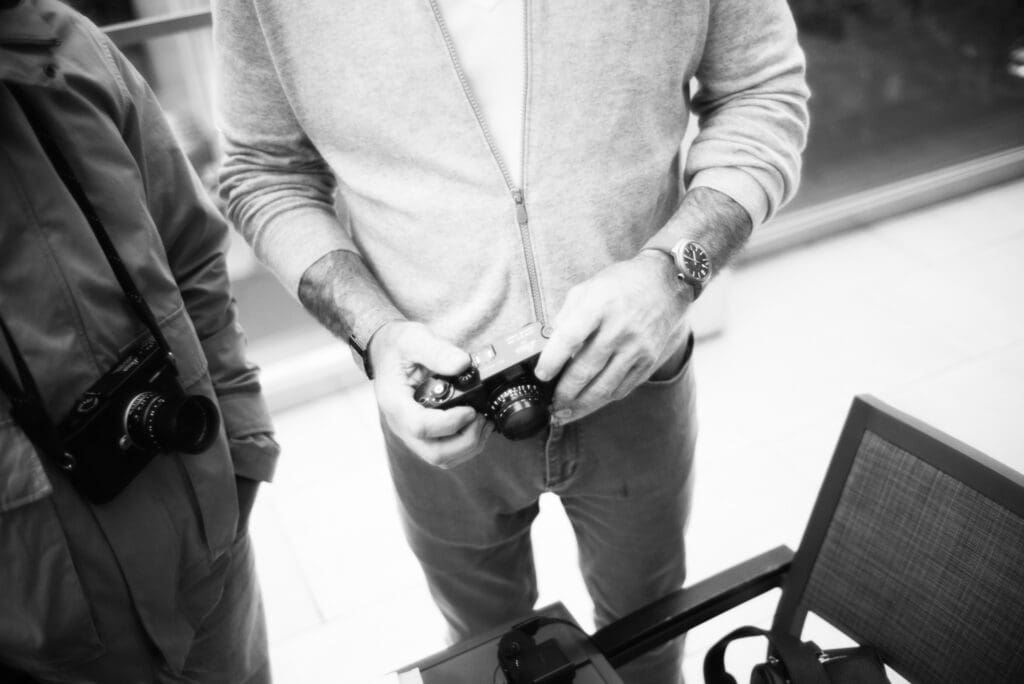
A couple frames captured during a recent trip using a vintage 35mm f1.4 Summilux Steel Rim
The third and final lens is the Leica 35mm f2 Summicron 8-Element, rounding out my “holy trinity of fast, compact 35mm” lenses. Launched in the late 1950s, the 8-Element was the first 35mm Summicron produced by Leica, making it the true pioneer of this category. Plus, it’s quite fun to use, even on modern M cameras.
A Quick Comparison & Contrast of My Favorite Compact 35mm M Optics.
So, where do I stand with these three lenses? I love them all, but why has the 35mm 8-element lens left such an impact on me? I can’t find any flaws in the rendering of any of these lenses. They’re all unique when wide open and perform well when stopped down, just as a compact 35mm lens should. However, the 8-element lens, especially the one by Light Lens Lab, has done something remarkable. Let’s begin with our friend, the “King of Bokeh”. The V4 Summicron is a fantastic lens, but it has two significant shortcomings.
First, it has a fragile plastic ring that can crack unexpectedly, rendering the lens useless and potentially requiring costly, if not impossible, repairs. Secondly, its vintage and vintage lenses come with their own complexities. Despite appreciating their quirks, they have issues due to their age. For instance, the V4, like all lenses from its era, may suffer from hazy and fungus-stricken elements due to years of exposure to various climates. With age, general wear and tear become apparent. We can choose to embrace these faults with care or neglect them. If neglected, we may find ourselves in a difficult situation with an expensive lens with more problems than when we first started. While the kind of bokeh is a beautiful lens, it’s hard to put one in your bag for everyday use anymore for fear of damaging it.
On the other hand, the Leica 35mm f1.4 Summilux Steel Rim is almost flawless, particularly since it was reissued by Leica. What I appreciate most about the Steel Rim is its performance when used wide open, although it also performs well when stopped down. The lens truly shines when used in this way. The reissue has resolved common issues found in the vintage version of this lens. If you happen to own the vintage version, you’ll note its value has consistently risen in recent years.
Finally, the Leica 35mm f2 Summicron 8-element lens. Similar to the 35mm Summilux, the issue I’ve consistently had with this lens is the close focus limit. Perhaps I’ve become too accustomed to modern Leica M optics over the past decade, but the original 35mm 8-element lens lacks the beloved 0.7m minimum focus distance I’ve grown fond of. Like the previous two lenses I mentioned, the 8-element lens also has the typical issues of all vintage items, be it lenses, cars, or watches – they’re delicate and need special care when used by the modern photographer.
Then, Light Lens Lab released their version of the 8-element lens. It was modern, well-built, and most importantly, it slightly adjusted to the original design – a 0.7m focus distance. When I discovered this, my curiosity was piqued. Fortunately for me, they produce a version in black paint that matches my camera perfectly. I couldn’t be happier! However, I have heard that there are some QC issues on the earlier versions of this lens, but later production examples are fine. I have a later version (Version 6 I believe) and it has been nothing but exceptional.
A Few Images from the Leica M 246 Monochrom & 35mm Light Lens Lab 8-Element
Over the past few years, this lens has accompanied me on many trips and daily adventures. It’s been used in cities like New York, Dublin, Birmingham, San Francisco, and even Wetzlar, Germany. Besides being enjoyable to use and well-crafted, this lens is also very attractive, costing only a third of the reissued steel rim. I appreciate options, and given its price point, this lens stands out. The only potential replacement I can see would be the steel rim reissue, but for now, I’m content. Moreover, as a daily user, this lens inflicts zero cause for concern while out and about that one of its vintage alternatives might.
I immensely enjoy lenses, cameras, watches, and other mechanical tools. However, these items are now reaching an age where they can become brittle and break, and adding them to our daily kilts comes with increasing concerns. Vintage tools, in some cases, might be enjoyed best in specific situations, and reissued or reproduction versions of these classics might be best suited for everyday use. The Light Lens Lab 8-element and the Steel Rim reissue are perfect examples of such items that offer enough of using a vintage tool and they are authentic tributes to the original versions, suitable for everyday use without concern.
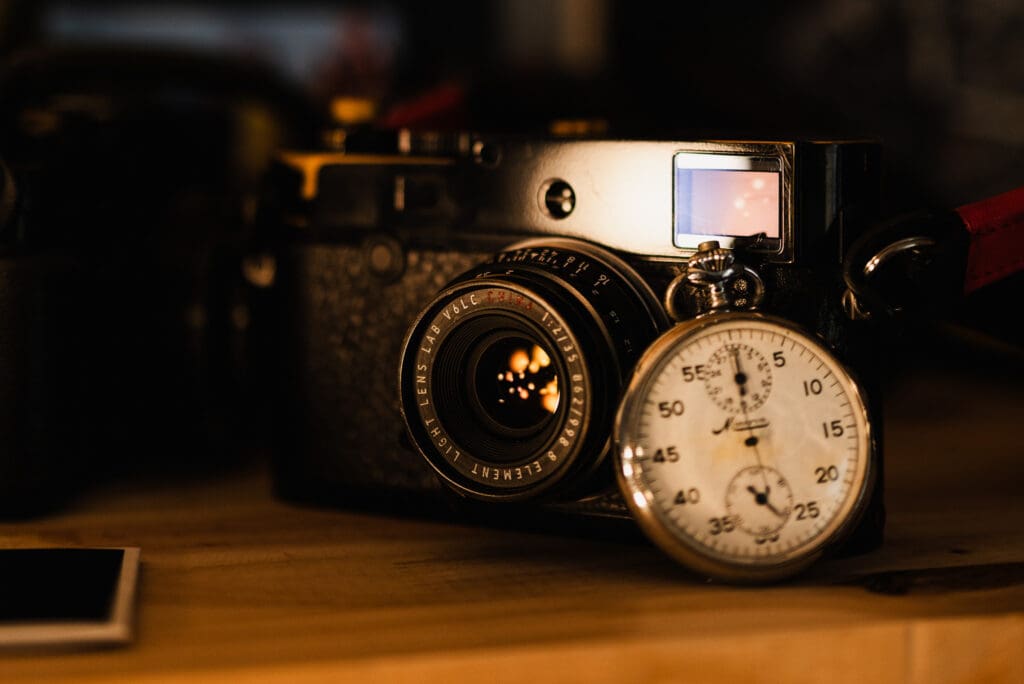
Wrapping up my thoughts on a compact 35mm lens. I think it comes down to simplicity. The act of photography becomes an uncomplicated one, and anymore, that’s something worth noting. Compact 35mm lenses on an M camera, a Fujifilm camera, or one of the plethora of other compact mirrorless cameras out there will do just fine. My infatuation with the three compact 35mm M lenses mentioned above is that they are not only compact and simple, but they are also not modern optically, leaving lots of room for character to come through to my images, particularly wide open.
Benjamin Carpenter




